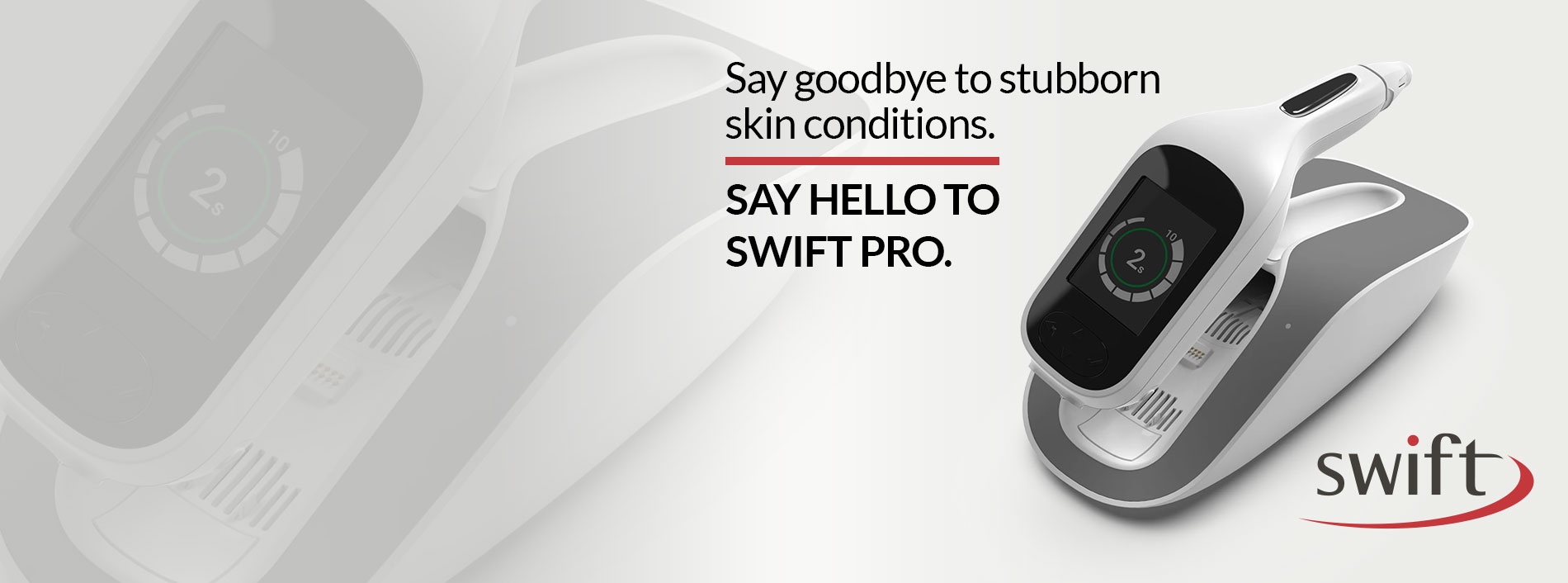

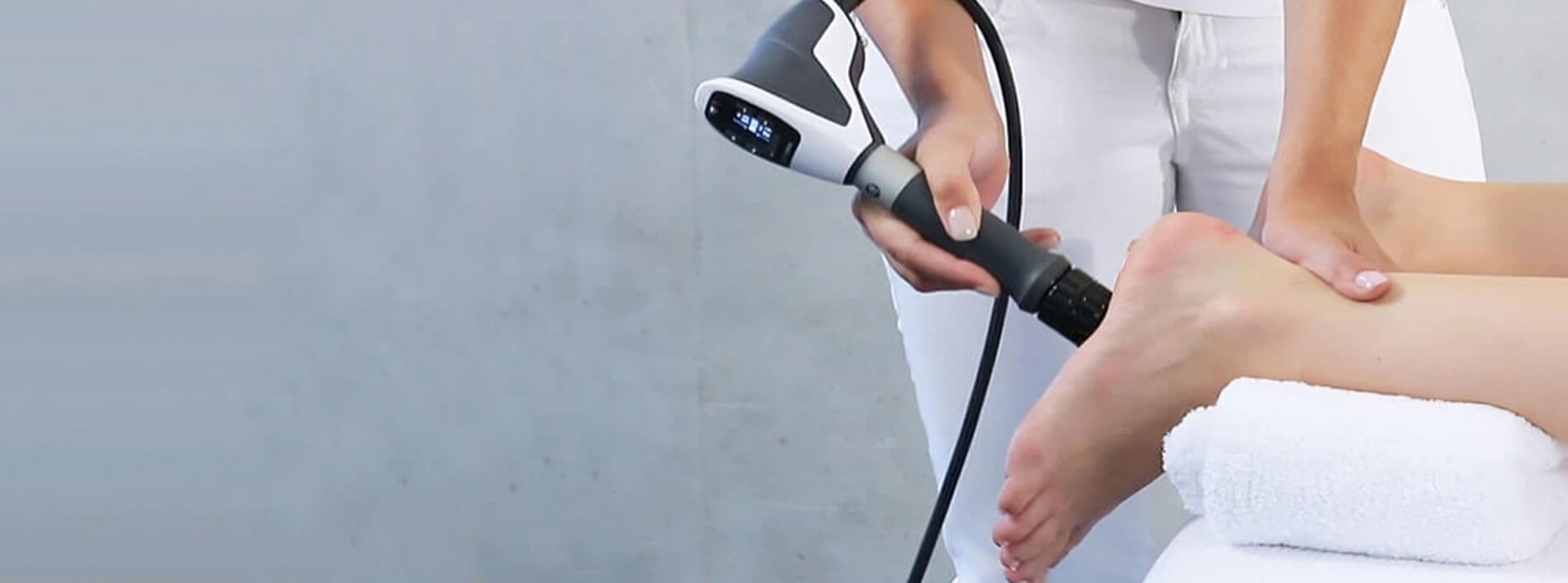
slide-swift-pro-01.jpg
slide-ballet.jpg
shockwave-therapy-curamedix.jpg
WE PROVIDE FOOT CARE FOR THE WHOLE FAMILY
Suffering from foot, ankle or heel pain?
As the official podiatrist for the Boston Ballet, Jordana Szpiro, DPM, FACFAS has the credentials and expertise to treat all your foot and ankle concerns. Located in Boston, MA, our practice, Boston Common Podiatry, has access to various advanced equipment regarding podiatric treatment and procedures, we have on-site x-ray and handicap entrance.
Boston Common Podiatry specializes in heel pain, skin conditions of the foot, sports medicine, general podiatric care, laser wart removal, laser treatment for fungal nails, and we offer custom made orthotics as well! We perform procedures involving surgery, as well as shockwave therapy (EPAT) and Sculptra foot fillers. As a practice, we work with each patient to develop a unique plan that will address all of their problems.
Dr. Szpiro is an expert in laser wart removal and the treatment of toenail fungus through the use of laser therapy. Dr. Szpiro has lectured extensively on various topics, most recently at the APMA Annual Scientific Meeting on laser treatment for toenail fungus. Whatever podiatric concern you may be facing, our doctor is sure to be able to help!
We have an employee that speaks fluent Spanish.
To schedule an appointment, call us at (617) 286-5163. We accept a variety of insurance plans and payment with cash, check, or credit card.
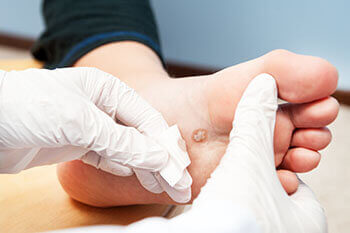
If you notice small bumps around the heel or weight-bearing areas of your feet, you may have developed plantar warts. When the HPV virus enters the skin through an opening, such as a small cut or scrape, plantar warts can form and often cause discomfort. Some indicators that you have plantar warts include feeling pain in the soles of the feet when standing or walking and the formation of small fleshy growths, sometimes including a tiny black dot in the center of the bump.
To best prevent getting plantar warts, it’s advised to keep your hands and feet clean and wash them regularly. It’s also important to ensure you wear appropriate footwear in public areas such as swimming pools, locker rooms, and communal showers. Because plantar warts are contagious, it’s especially important for those with a weaker immune system to make sure they take the above precautions. If you believe you’ve developed plantar warts and are experiencing severe pain, swelling, redness, or bleeding, it’s advised to seek professional care.
For more information about plantar warts, we recommend you consult with a podiatrist for a proper diagnosis and advised treatment plan.

Are you tired of dealing with pesky warts? Boston Common Podiatry is very excited to announce that we have a brand new and effective treatment for surface based skin lesions, primarily warts.
“Plantar” means “Of the sole” in Latin. Unlike other types of warts, plantar warts are typically quite painful as the pressure from walking and standing forces them to grow into your skin. Like all warts, Plantar warts are caused by the human papillomavirus (HPV) virus, specifically types 1, 2, 4, 60, and 63. Underneath the skin, the wart can have finger-like roots that reach down and grow, making them very difficult to treat effectively from the surface.
Swift is a cutting edge, FDA Cleared technology that has proven to be highly effective in the removal of plantar warts. It delivers low dose microwave energy through a specialized probe that targets and effectively treats the underlying HPV virus by stimulating a natural immune response in the body. We like to say that we’re addressing the root cause; not the symptom.
Swift protocol involves between 3 and 4 treatments, spaced 4 weeks apart; aligning with the body’s natural immune cycle. Each treatment lasts only 5-10 minutes and is what we call a “sock off – sock on” treatment: Limited debridement, no breaking of the skin, no bandages. No home treatment is required between treatments and patients are able to resume daily activities immediately post treatment.
The Swift technology treatment feels similar to the pain of a small scratch or injection, lasting only a few seconds before immediately subsiding. Some may experience some soreness after the treatment, but not anything strong enough to impair normal day-to-day activities.
While pain is variable and patient/lesion specific, most patients typically feel some level of discomfort as infected tissue temperatures are rapidly elevated over a 2 second dose of energy. The pain immediately subsides following cessation of energy delivery and there is very limited post procedural pain, in fact some report an immediate reduction in pain levels. All patients are about to continue on with day-to-day activities immediately following treatment.
It’s important to visit a podiatrist if you suspect or feel that you have a plantar wart and are seeking removal. The longer you wait to seek treatment, the more likely the wart is to persist. Here are some common symptoms to look out for:

Athletes, or those who are frequently involved in sporting activities, are generally at a higher risk of getting a foot or ankle injury. Overuse and intense pressure put on the muscles, ligaments, and tendons of the lower extremity region are typically caused by repetitive motions. This in turn will often cause stress and lead to injury of the foot or ankle. Some of the most common injuries caused by sporting activities include ankle sprains, peroneal tendonitis, stress fractures, chronic ankle instability, heel pain, injury to the Achilles tendon, and injury to the sesamoid bones.
Sports in which ankle sprains commonly occur include soccer, tennis, and cheerleading. Ankle sprains are caused by a tear in the ligament of the ankle, which typically occurs when the foot is rolled in an awkward manner. Ankle sprains are usually accompanied with bruising, swelling, and pain. Those who have sprained an ankle in the past may run the risk of developing chronic ankle instability. Those with this condition will generally feel a persistent pain, swelling, and tenderness in the ankle, and may experience the sensation of the ankle giving way when performing everyday activities.
If you’re frequently involved in sporting activities and would like more information on how to best protect your foot and ankle, we recommend you speak with a podiatrist for professional care and advice.
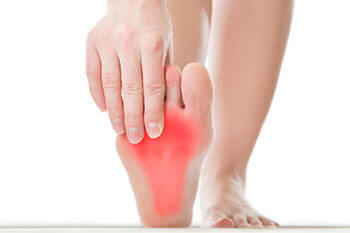
Plantar fasciitis is a foot condition that particularly causes a great deal of pain in the heel area. Some patients have described the pain as stabbing and is typically felt in the morning, when first getting out of bed. You may also experience pain with this condition if you stand or sit for long periods of time throughout the day. The development of plantar fasciitis is quite common among runners, those who are overweight, and those who do get enough support from their footwear.
When small tears occur on the fascia, it may become inflamed, especially if too much pressure is put on the tissue. It’s extremely important that you seek professional help as soon as you feel any type of foot pain. If plantar fasciitis is left untreated, there’s a high chance you may develop chronic heel plan. You may also develop other issues connected with your foot, knee, hip, or back, all due to the body walking differently to relieve pain felt from plantar fasciitis.
For more information about plantar fasciitis, we recommend you consult with a podiatrist for a proper diagnosis and to discuss a treatment plan.
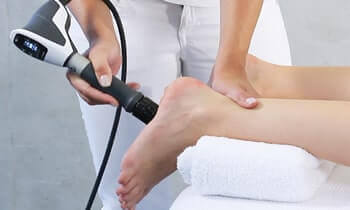
Extracorporeal Pulse Activation Technology (EPAT) is a new non-invasive treatment that is heralded as the most effective and advanced treatment available that is approved by the FDA. The new technology can generally treat acute or chronic musculoskeletal pain or pain that greatly debilitates mobility or quality of life. Specific areas treatable include:
Extracorporeal Pulse Activation Technology (EPAT) revolves primarily around using a particular set of pressure waves that encourages the metabolism, improves blood circulation and speeds up the healing process. In turn, damaged tissue regenerates and heals. As a non-invasive office-based procedure, Extracorporeal Pulse Activation Technology (EPAT) represents a great advancement in treatment options for a wide range of musculoskeletal conditions.
Expected Results
Extracorporeal Pulse Activation Technology (EPAT) eliminates pain and restores full mobility, therefore improving quality of life. The benefits of Extracorporeal Pulse Activation Technology (EPAT) are typically experienced after only 3 treatments. Immediate pain relief is sometimes reported after treatment, though generally pain relief can take up to 4 weeks to begin. Over 80% of patients treated report being pain free and/or experiencing a significant reduction in pain.
Side Effects
Non-invasive Extracorporeal Pulse Activation Technology (EPAT) has virtually no risks or side effects. In rare cases, patients may experience minor discomfort for a few days. Slight residual pain after intense exercise or a full day of work is normal.
Safety
Extracorporeal Pulse Activation Technology (EPAT) is safe. The technology is FDA approved and has had extensive clinical studies and tests confirm its safety and efficacy. Extracorporeal Pulse Activation Technology (EPAT) was originally developed in Europe and is currently in use around the globe. If administered by a qualified professional, Extracorporeal Pulse Activation Technology (EPAT) has virtually no risks or side effects.
Treatment Duration
Extracorporeal Pulse Activation Technology (EPAT) treatment sessions take approximately 5-10 minutes. Time depends on the disorder being treated. Generally, 3 treatment sessions are needed at weekly intervals.
Treatment Application
To enhance effectiveness, coupling gel is applied to the treatment area. After applying the gel, Extracorporeal Pulse Activation Technology (EPAT) pressure waves are released via the applicator which is moved over the area in a circular motion.
Why Consider Extracorporeal Pulse Activation Technology (EPAT)
Extracorporeal Pulse Activation Technology (EPAT) has a proven success rate that is equal to or greater than that of traditional treatment methods (including surgery) and without the risks, complications and prolonged recovery period. Extracorporeal Pulse Activation Technology (EPAT) is performed in your podiatrist’s office, does not require anesthesia, and requires a minimal amount of time. Patients who use this method can immediately bear weight (i.e. walk) and return to normal activity within a few days of the procedure.
Benefits of Extracorporeal Pulse Activation Technology (EPAT)
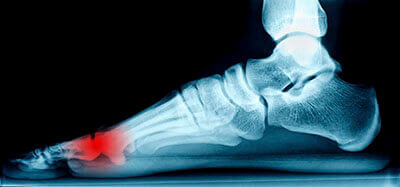
The pain caused by Morton’s neuroma is typically experienced at the ball of the foot. Many have described the sensation as feeling like they have a pebble stuck in their shoe. Because of this, those with the condition may find walking to be more difficult and uncomfortable. They may also experience a numbing or burning sensation in the foot. One of the most common factors that influence the development of Morton’s neuroma is improper footwear. Those who generally wear tightly fitted shoes or shoes with higher heels are more at risk at getting Morton’s neuroma. Having a foot abnormality may also increase the risk of getting this condition, as it may cause instability, thus adding more pressure onto the nerves of the foot. Certain foot conditions such as bunions, hammertoes, and flat flat feet have also been known to lead to Morton’s neuroma if not treated promptly.
Athletes have a tendency of getting Morton’s neuroma due to repetitive motions and pressure placed on the ball of the foot while running or jumping. Morton’s neuroma may also develop as a result of an injury to the foot.
To learn more about Morton’s neuroma and treatments that work best for your case, consult with your podiatrist.
